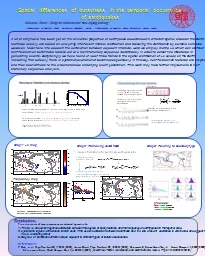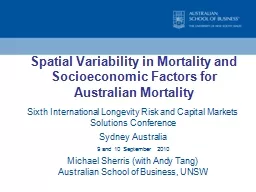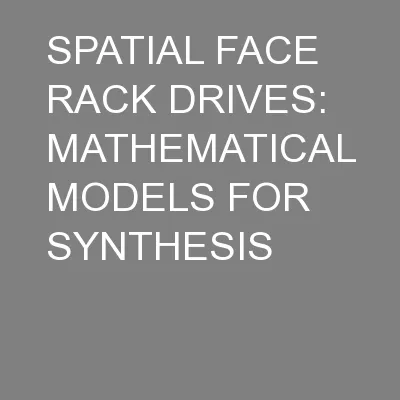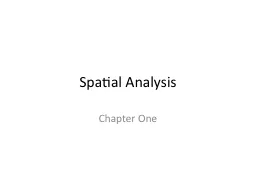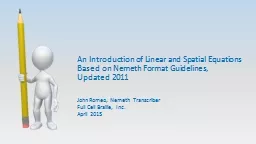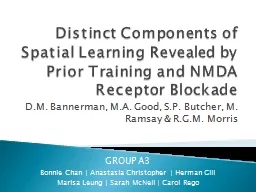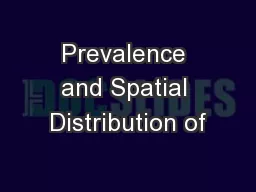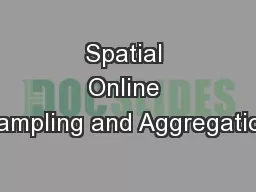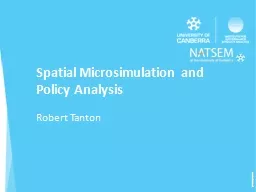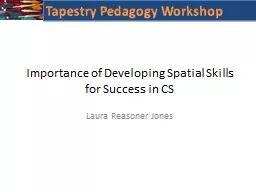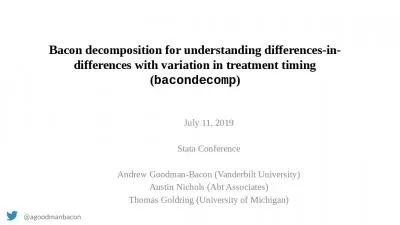PPT-Spatial differences of burstiness in
Author : olivia-moreira | Published Date : 2018-12-05
the temporal occurrence of earthquakes Xiaoxue Zhao 1 Shigeru Shinomoto 2 and Jiping Huang 1 1 Department of Physics Fudan University Shanghai China 2 Department
Presentation Embed Code
Download Presentation
Download Presentation The PPT/PDF document "Spatial differences of burstiness in" is the property of its rightful owner. Permission is granted to download and print the materials on this website for personal, non-commercial use only, and to display it on your personal computer provided you do not modify the materials and that you retain all copyright notices contained in the materials. By downloading content from our website, you accept the terms of this agreement.
Spatial differences of burstiness in: Transcript
Download Rules Of Document
"Spatial differences of burstiness in"The content belongs to its owner. You may download and print it for personal use, without modification, and keep all copyright notices. By downloading, you agree to these terms.
Related Documents

